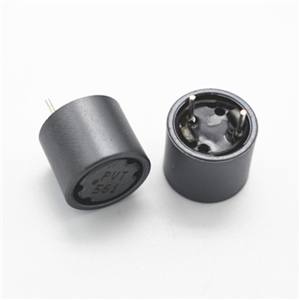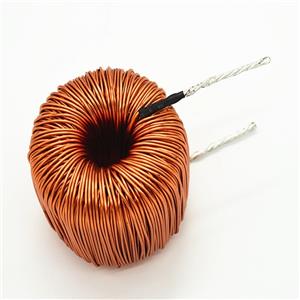Inductor Design
I initially explained the steps of inductor design, and I briefly listed more effective and understandable design methods for everyone to learn.
The first step is to use the debugging method to determine the inductance we need and the operating frequency (the operating frequency is critical to the optimization of the inductance, which will affect the loss of the magnetic core and the switching loss of the triode, so these values are not necessarily final values, in order to The need for circuit optimization may be changed later, but the power will not change at all).
The second step is to use the test method to determine the current through the inductor, that is, the cathode current (this cathode current is the current flowing through the inductor, as long as your power remains unchanged, the cathode current will not change)
The third step is to use the estimated magnetic core and air gap to check the actual magnetic induction intensity (this is the most critical step, the optimization process of inductance parameters is directly related to the temperature rise of the loss of the magnetic core and coil), this optimization process you As long as you carefully read my analysis above, you can understand the optimization process. (The actual power at work is 100W, the inductance I use EE28 is lower than the temperature of others using EE33, and the overall loss can be controlled to 0.1, so it is very important to optimize the parameters)
The fourth step is to select the wire diameter of the side enameled wire according to the cathode current (we generally calculate it according to the current density of 2-4A, if you have high power, you have to consider the adhesion effect.)




